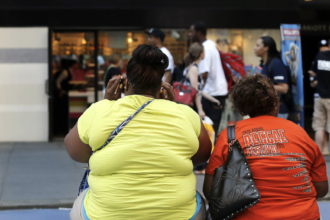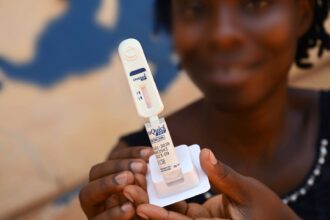The outbreak of Marburg Virus Disease was declared over today by the Government of Rwanda with no new cases reported over the last 42 days after the last patient tested negative for the virus twice, as per the usual protocol for ending these types of outbreaks.
The outbreak, confirmed on 27 September 2024, was the first Marburg Virus Disease outbreak Rwanda has experienced. A total of 66 confirmed cases and 15 deaths were recorded. Almost 80% of the cases were among health workers who were infected while providing clinical care to their colleagues and other patients.
To halt the spread of the virus and save lives, Rwandan health authorities, with support from World Health Organization (WHO) and partners, mounted a comprehensive response, with a large range of measures from disease surveillance, testing, infection prevention and control, contact tracing, to clinical care and public awareness. These actions helped to curb the spread of the outbreak, with cases halved between weeks two and three after detection and declining by around 90% thereafter.
“The robust response by Rwanda shows how committed leadership, concerted efforts by partners and a strong health system are crucial in addressing public health emergencies, saving and protecting lives as well as safeguarding the health of individuals and communities,” said Dr Brian Chirombo, WHO Representative in Rwanda.
The deployment of WHO experts, a team of national first responders from other countries in the region and the strong mobilization of national efforts were instrumental in enhancing the outbreak response. The last confirmed case received their second negative PCR results on 7 November, kicking off the 42-day countdown to declaring the end of the outbreak, as per WHO recommendation.
WHO says it will continue to work closely with the national authorities to maintain critical measures to ensure swift detection and response in case of any flare-up or new spillover of the virus. WHO will continue to support the Ministry of Health to implement and sustain a holistic care programme for people who recovered from Marburg Virus Disease to help them overcome any after-effects they may experience.
The virus which causes Marburg, is in the same family as the virus that causes Ebola Virus Disease. It is highly virulent with a fatality rate ranging from 24% to 88%. In this outbreak, the fatality rate was on the lower end, at around 23%. Marburg virus is transmitted to people from fruit bats and spreads among humans through direct contact with the bodily fluids of infected people, surfaces and materials




